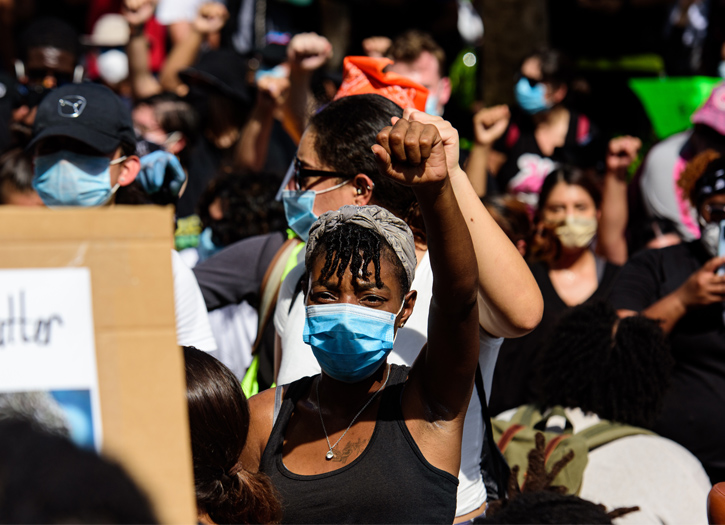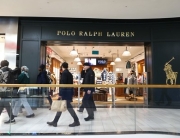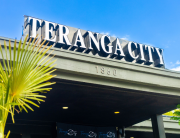Beginning in mid-April 2020, there were protests in several U.S. states against government-imposed lockdowns in response to the COVID-19 pandemic in the United States. The protests, mostly organized by conservative groups and individuals, decried the economic and social impact of stay-at-home orders, business closures, and restricted personal movement and association, and demanded that their state be “re-opened” for normal business and personal activity.
One of the first protests was in Michigan on April 15, 2020. It was organized via a Facebook group called “Operation Gridlock”, which was created by the Michigan Freedom Fund and the Michigan Conservative Coalition. A spokesman for the Michigan Conservative Coalition encouraged groups in other states to copy the Operation Gridlock wording and templates. Protesters in numerous other states said they were inspired by Michigan, and they used Michigan’s material on their own websites, Facebook groups, and Reddit pages to promote their protests. Michigan Governor Gretchen Whitmer called attention to the fact that the Michigan Freedom Fund is funded in part by the DeVos family, but a spokesman said the family had nothing to do with the protests.
The Trump campaign declined to answer whether it was directly involved with organizing the protest in Michigan, but key protest organizers who did identify themselves were Meshawn Maddock, the wife of Republican state representative Matt Maddock and a member of the national advisory board for Women for Trump, and Marian Sheridan, who serves as a vice chair on the Michigan Republican Party. The protest in Washington State was organized by a county Republican Party, and speakers included three Republican state legislators. FreedomWorks, a conservative advocacy group associated with the Tea Party movement, published a “#ReOpenAmerica Planning Guide.
Protesters opposed the shelter-in-place orders in their states for various reasons. Many said they want businesses reopened so they can go back to work. Many others displayed pro-Trump banners, signs, and MAGA hats. Still others insisted the lockdowns were a violation of their constitutional rights. One militia leader told a reporter, “Re-open my state or we will re-open it ourselves.” The anger driving the protests was called “both real and manufactured”, with conservative groups engaging in astroturfing via centralized organization backed by anonymous donors.
The reopen protests have generally been small, with protester numbers ranging from a few dozen to the low hundreds; the first protest in Michigan drew several thousand. Protesters included mainstream Republicans, but also far-right groups including Proud Boys and armed militia movement supporters. A large number of “anti-vax” advocates have attended, and some have been the organizers of local protests. After the killing of George Floyd on May 25, many of the Facebook groups created to organize protests over Covid-19 expanded their focus to attack the protests organized by Black Lives Matter .
Michigan was the site of the largest of the “re-open” protests. The first confirmed case of coronavirus was recognized in Michigan on March 10, 2020. On April 15, the day of the protest, Michigan had at least 28,059 confirmed cases—the third highest number of cases in the United States—and 1,921 deaths had been attributed to the disease in the state. Metropolitan Detroit had been pronounced a “hot spot”.Initial state actions to limit spread of the virus included closure of all K-12 schools, closure of bars, restaurants, and entertainment venues, and a ban on gatherings of more than 50 people. On March 24 a statewide stay-at-home order was issued which limited non-essential travel and ordered all non-essential business services and operations to close.
Protesters complained of loss of work and other economic hardship caused by the state government’s coronavirus response. Some felt that if they were not sick, that they should have the freedom to continue with their normal routine.Others claimed violation of their civil liberties or expressed opposition to Governor Gretchen Whitmer‘s administration.Some protesters lived in more rural areas of Michigan that had not seen as many coronavirus cases as the cities of Detroit or Flint.On April 30, a second protest occurred when hundreds of protesters, many carrying firearms, gathered at the Michigan Capitol. Many protesters were able to enter the building. The demonstration was organized by the conservative group Michigan United for Liberty.







Add Comment